Biology Reference
In-Depth Information
herein. Log-log plotting has revealed that the slope of the log/log
concentration-dependent curve for procapsid is one, and therefore
one copy of procapsid is needed for the assembly of one
virion.
31,107,108,132,151
Descending of Trimeric, Dimeric, and Monomeric
Slopes of Log/Log Plot Curves
There are two loops, the left- and right-hand loops,
121
in the predicted
secondary structure of the pRNA. Sequences of these two loops
(bases 45-48 of right-hand loop and bases 85-82 of left-hand loop)
are complementary. However, extensive studies
106,108,121,122,125,135-137
have revealed that these two sequences interact intermolecularly,
allowing the formation of pRNA oligomers. Several pRNAs with
mutated left- and right-hand loop sequences were constructed. One
pRNA building block, not the hexamer, is regarded as one functional
unit. Since six monomeric pRNA are needed to build a hexamer, the
stoichiometry for momomer pRNA is six. Since three pRNA dimers
are needed to build a hexamer, the stoichiometry for pRNA dimer is
three. Since two trimeric pRNA are needed to build a hexamer, the
stoichiometry for pRNA trimer is two (Table 4). The slopes of
log/log plot curves for trimeric, dimeric, and monomeric pRNA
descend with the stoichiometry, suggesting that slopes and stoi-
chiometry are correlated (Fig. 9).
Deduction of Equation for Stoichiometric
Determination
The log of the concentration (
x
-axis, from low to high) can be plot-
ted the log of the yield (
y
-axis, PFU/ml). The unit length of the log
scale of
x
-axis and
y
-axis should be made equal in the plot to deter-
mine the angle between the
x
-axis and the concentration-dependent
curve (Figs. 9, 10, 11). The value of tangent (slope, tan) for the angle
of the procapsid, DNA-gp3, pRNA trimer, dimer, and monomer, as
well as gp9, gp11, and gp12, can be obtained from experimental
data (Table 5). The slopes (tan) of all curves are plotted against

